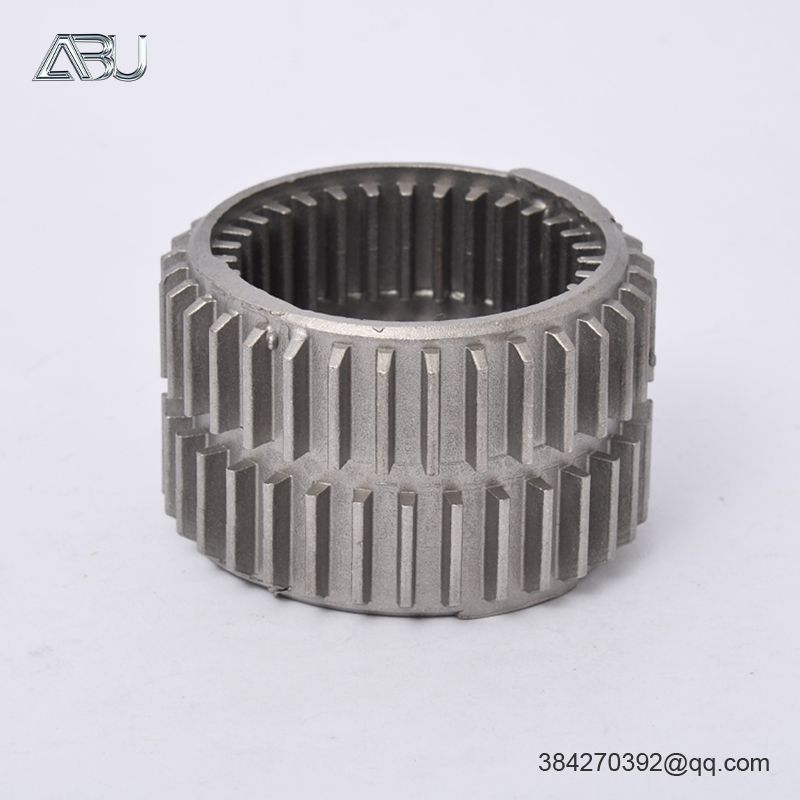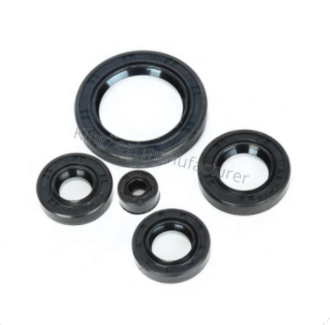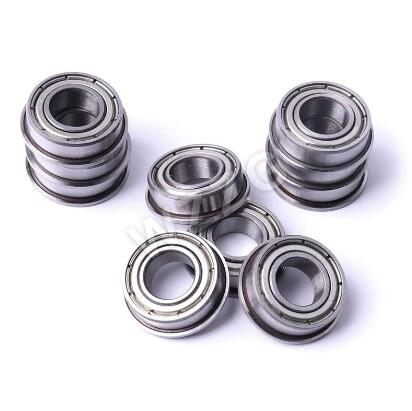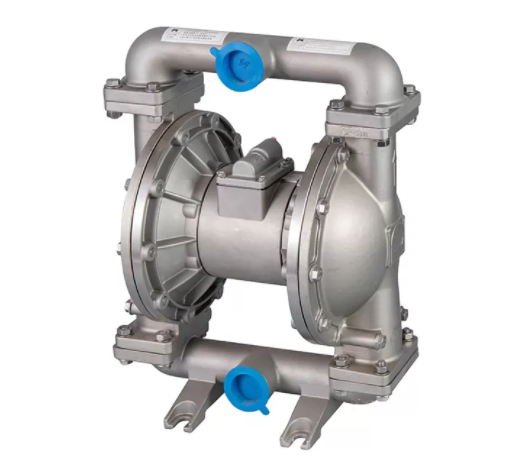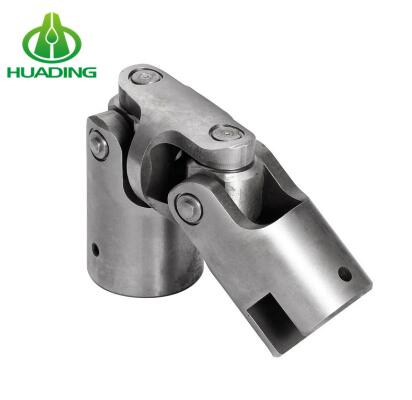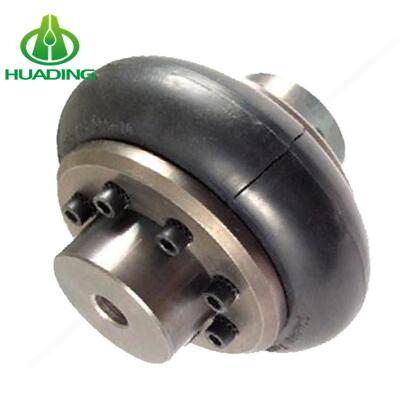What is TC oil seals?
TC profile is an anti-pollution shaft seal, which is composed of a single metal cage with rubber coating, a main sealing lip with integrated spring and a second sealing lip. Used to retain or remove fluid on various rotating shafts. In applications, rotating shaft lip seals are often used.
Most industries use oil seals mainly to keep grease in specific housings or housings. These are effective methods to fill the gap between fixed and moving parts of various machines and mechanical equipment. This barrier effectively protects the machine from dangerous impurities and dirt, and prevents lubricant leakage.
These dynamic seals are widely used in low-pressure lubricants and high-speed rotating shafts. When the bearing is used to support the rotating shaft, the oil seal is used to keep the lubricating fluid in the system and prevent contaminants from entering. The rubber elastomer is attached to the metal shell or container, and its clamping spring helps to keep the lip on the shaft, thus providing these durability. These are usually placed next to the bearings and used to seal various gases, liquids or solids encountered by the specific mechanism in the work or to go out. The oil seal is also available in split type, which is easy to install and can effectively reduce the downtime by preventing mechanical disassembly. These are single-lip or double-lip varieties and are recommended for horizontal axis.
TC oil seal is a double-lip radial seal with clamping spring, which can operate under low pressure to prevent impurities from entering. The rubber coating enhances the sealing ability of the oil seal. The inner surface of the fine steel case is coated with rubber. The auxiliary sealing lip prevents contamination and dust through an additional dust lip. You can use this seal in a contaminated environment. Appropriate lubricant should be used between the two sealing lips to maximize performance during the service life of the seal.
In mechanical equipment, oil seals (also known as grease, fluid or dirt seals) seal the gap between fixed and moving parts to help prevent lubricant evaporation. In addition, they can also prevent dangerous impurities from entering the machine, especially under harsh conditions. Oil seal is an important part of almost all types of operating machines or vehicles, which can protect various carefully designed and closely matched ball bearings, sleeve bearings and roller bearings.
Related links:Mechanical Parts & Fabrication Services
The Ultimate Guide to Lamination Welding: A Comprehensive Overview
Advantages of Overhead Conveyor Load wheel Side roller
Which industries rely on slurry pumps for efficient handling of abrasive fluids?
Common Types of Gate Valves
Different Types of Belleville Washers and Their Advantages
What is the difference between API 608 and API 6D ball valve?
TC oil seal is generally made of NBR nitrile rubber, FKM fluororubber and HNBR hydrogenated nitrile rubber. The TC oil seal is made of NBR and FKM.
TC oil seal is used for engine: crankshaft - front and rear oil seals of crankshaft - valve - valve oil seal (engine repair kit O-ring) (distributor oil seal, water pump oil seal, balance shaft oil seal, oil pump oil seal...); Camshaft - camshaft oil seal; Transmission: transmission - front of transmission. Rear oil seal shift lever oil seal (transmission repair kit O-ring) (transfer case - front and rear oil seals of transfer case); Rear axle: half axle - rear half axle oil seal differential - (front) rear angle sagittal oil seal rear wheel oil seal front wheel oil seal steering gear oil seal (steering gear repair kit O-ring) steering booster oil seal (front half axle oil seal).
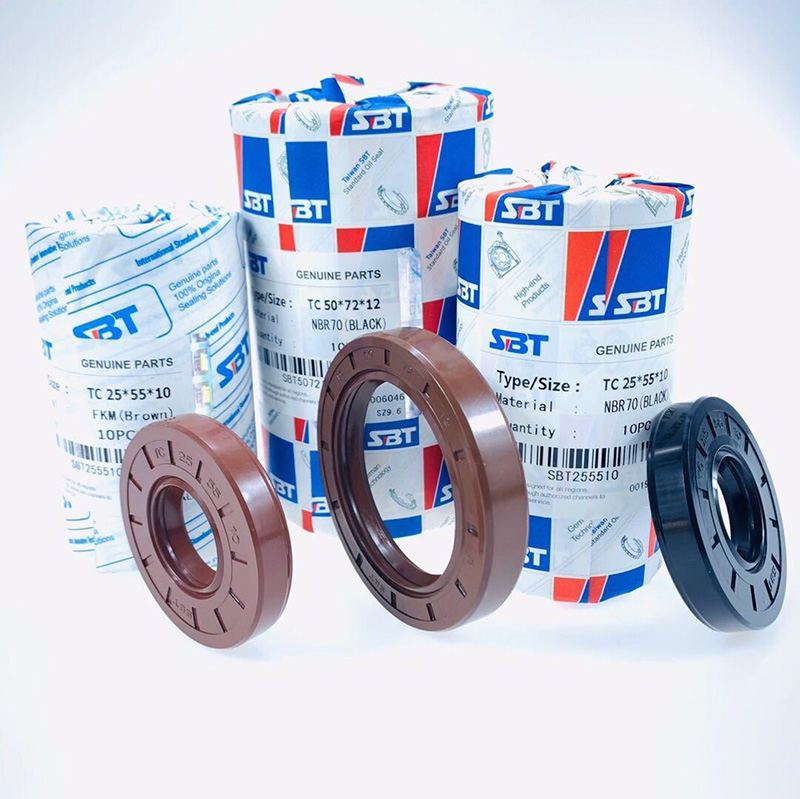
Hydraulic Rubber Seal: Ensuring Efficiency and Reliability in Hydraulic Systems
How does a Filter Press Feed Pump work?
What is the difference between rigid and flexible flange coupling?
What is the difference between a slurry pump and a water pump?
Enhancing Oilfield Safety with Sucker Rod Blowout Preventers (BOPs) for High-Pressure Environments
Advantages of Triplex Mud Pumps
The Benefits of Investment Casting




